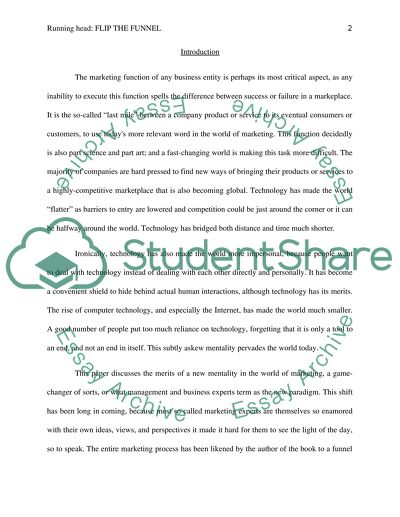Cite this document
(Relationship Marketing a Consumer Experience Approach Essay, n.d.)
Relationship Marketing a Consumer Experience Approach Essay. Retrieved from https://studentshare.org/marketing/1481269-flip-the-funnel
Relationship Marketing a Consumer Experience Approach Essay. Retrieved from https://studentshare.org/marketing/1481269-flip-the-funnel
(Relationship Marketing a Consumer Experience Approach Essay)
Relationship Marketing a Consumer Experience Approach Essay. https://studentshare.org/marketing/1481269-flip-the-funnel.
Relationship Marketing a Consumer Experience Approach Essay. https://studentshare.org/marketing/1481269-flip-the-funnel.
“Relationship Marketing a Consumer Experience Approach Essay”, n.d. https://studentshare.org/marketing/1481269-flip-the-funnel.


